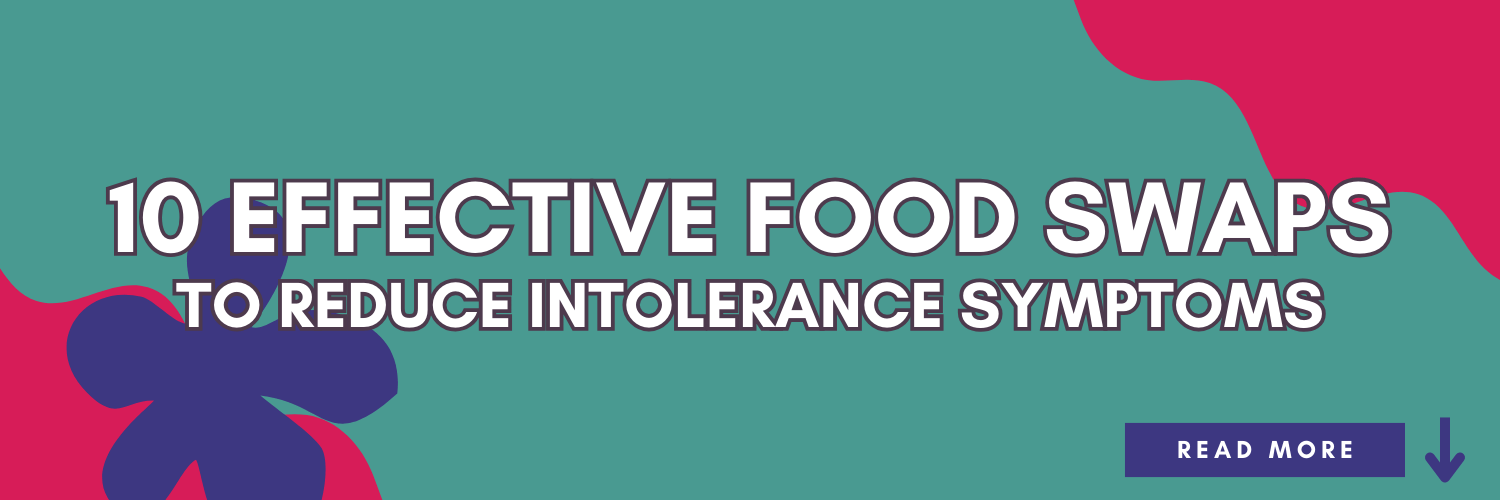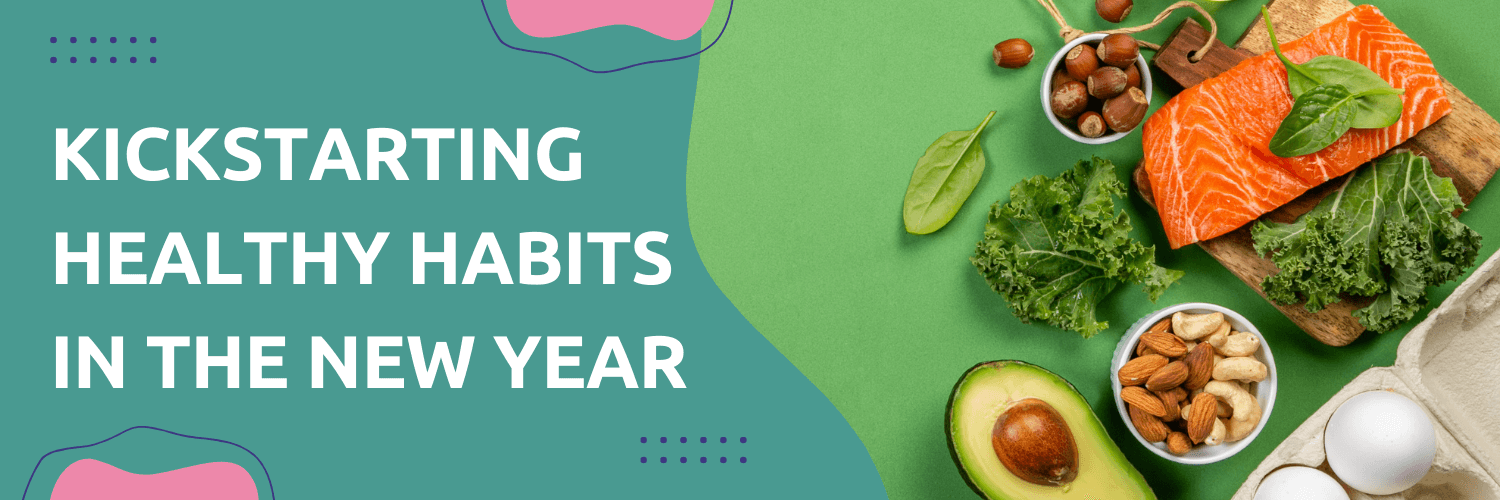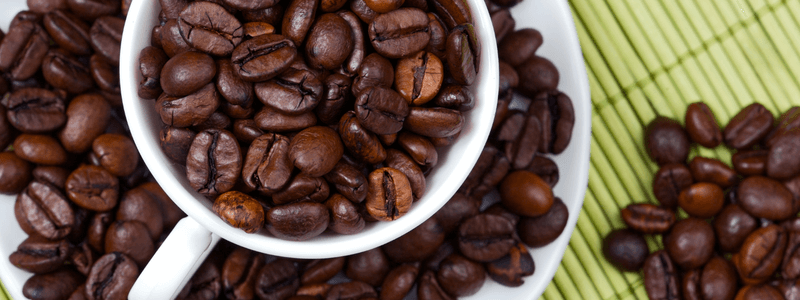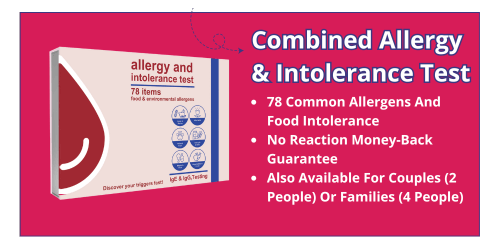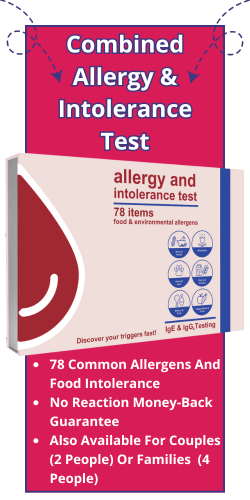What’s the most common allergy in the UK? You might imagine it’s either peanuts or cow’s milk. However, you’d be wrong – they are number #8 and #10, respectively. Surprising everyone, egg whites are the most common allergy in the UK, followed by wheat and green beans.
Reducing intolerance symptoms usually means eliminating the offending foodstuff from your diet. But, with the top 10 including everything from spelt, rye, and soy, finding suitable food swaps can be a nightmare. Indeed, many of these foods contain vital nutrients you need to survive and thrive.
That’s why we’ve put together a list of food swaps to reduce intolerance symptoms. From pasta replacements to peanut butter, these food swaps will change the way you eat.
10 Food Swaps to Reduce Intolerance Symptoms
1. Cow’s Milk → Almond Milk
Cow’s milk is responsible for numerous dietary problems. The milk itself can trigger an allergic reaction or food sensitivity, while lactose can cause bloating, stomach pain, and diarrhoea in certain individuals.
Thankfully, with veganism hitting the mainstream, there are tons of milk alternatives. Perhaps the most flavoursome alternative is almond milk. Low in calories and rich in vitamin E, it’s the perfect addition to smoothies, cereals, and baking.
Cow’s milk is also a major source of calcium. Almond milk is sometimes fortified with calcium, but you can add kale, broccoli, and fish to your diet to increase your consumption.
2. Wheat Pasta → Courgette Noodles
Like cow’s milk, people’s response to wheat depends on the underlying condition. Some people have a specific wheat allergy; however, others may react to gluten, e.g., coeliac disease or gluten sensitivity. Either way, reducing intolerance symptoms means reducing wheat consumption.
Courgette noodles are a tasty, low-calorie alternative. High in vitamin A, vitamin C, and potassium, they have a mild flavour that absorbs the taste of sauces well. You can make these noodles using a spiralizer – eat raw or lightly sauteed.
3. Butter → Coconut Oil
Butter is one of the staple ingredients in Western cooking. It’s in everything from pastries to chicken Kyiv. The most obvious food swap is another cooking fat. Coconut oil works well, being high in saturated fats but containing medium-chain triglycerides – which are easier to digest.
Use coconut oil for baking, frying, or as a spread. You can even use it in recipes requiring butter – yes, you can use it in pastry.
4. Soy Sauce → Tamari
Soy sauce is a double offender. Not only is soy a common allergen, but the sauce also contains lots of gluten. Tamari is similar to soy sauce but is typically gluten-free and contains less sodium. So, it won’t just reduce intolerance symptoms; it’ll also boost your health.
Similar to soy sauce, it has a rich, umami flavour and can be used in marinades, stir-fries, or as a dipping sauce. Get your Dim Sum ready – it’s the perfect accompaniment.
5. White Rice → Cauliflower Rice
White rice is a staple food in many cultures, but it can cause issues for people with certain food intolerances or those managing their carbohydrate intake.
Cauliflower rice is an excellent alternative, offering a low-calorie, low-carb option that is rich in nutrients. Cauliflower rice is high in fibre, vitamin C, vitamin K, and folate. It has a mild, slightly nutty flavour that pairs well with a variety of dishes.
To make cauliflower rice, pulse fresh cauliflower florets in a food processor until they reach a rice-like consistency. Sauté in a pan with a bit of oil until tender, or steam for a softer texture.
6. Regular Bread → Gluten-Free Bread
Bread is one of the main staple foods, and yet also the easiest to substitute. Gluten-free bread is a common item in most supermarkets – especially since coeliac disease and gluten sensitivity appear to be on the rise.
It often includes rice flour, almond flour, or lupin flour as an alternative. The latter is another major allergen, so be careful when eating gluten-free bread.
7. Eggs → Chia Seeds or Flax Seeds
Using seeds as an egg substitute sounds strange, right? But trust us – it does work. You have to soak the chia or flax seeds in water for 5-10 minutes until it forms a gel. Use a ratio of 1:3 seeds to water. Then, add the mixture to your baking.
These seeds are rich in omega-3 fatty acids, fibre, and protein. However, the flavour is nuttier than egg.
8. Cream → Coconut Cream
As for butter, the best alternative to dairy is coconut. Reducing intolerance symptoms is as simple as using coconut cream in your soups, curries, and desserts. It can even be whipped for a dairy-free topping.
Coconut cream is high in healthy fats and contains some vitamins and minerals like manganese and copper. It has a rich coconut flavour.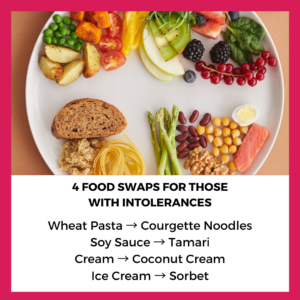
9. Peanut Butter → Almond Butter
Almond butter is a brilliant replacement for peanut butter. Rich in healthy fats, protein, vitamin E, magnesium, and calcium, it’s a healthier alternative that reduces intolerance symptoms. The only downside is the slightly sweeter, milder flavour.
10. Ice Cream → Sorbet
Giving up ice cream might seem like a nightmare. However, sorbet is a delicious alternative. Low in calories and fat, it’s often made from fruit and contains vitamins and antioxidants. Sorbet can be made at home using fresh fruit, water, and sweetener. It’s a great palate cleanser and a light dessert option.
Confirm Your Allergy or Intolerance
Getting tested is the first step toward reducing intolerance symptoms. Our Combined Allergy & Intolerance Test analyse a small blood sample for 78 common allergies and food intolerances.
Order the test kit, take a small pin-prick blood spot sample, and send your sample back to our labs. You’ll receive your results within 7 days. It’s the gold standard for home-to-lab allergy testing.
Reduce your intolerance symptoms today – try the Combined Allergy & Intolerance Test.

